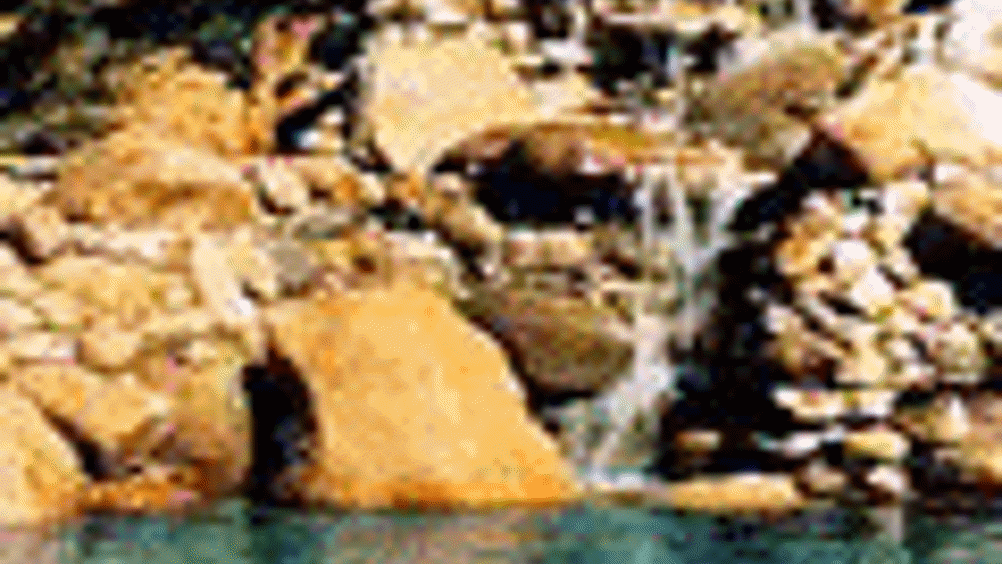Contaminant removal

Berkeley chemistry professor, Matt Francis, and his colleagues have developed a hydrogel material that can detect and remove contaminants in water.
The hydrogel shrinks as it absorbs heavy metal pollutants, signalling the presence of cadmium and other toxic ions, even as it absorbs them from the contaminated water.
Better yet, the hydrogel specifically targets and removes these toxic ions even from sources such as brackish water that are loaded with sodium, potassium and magnesium ions.
After contamination, the hydrogel can be flushed with inexpensive chelating (metal binding) agents and reused.
The hydrogel material consists of polymer coils held together by strands of metallothioneins - proteins that bind to the copper, zinc, cadmium, mercury, chromium, and arsenic ions that can poison water supplies.
Francis said: 'The material was found to bind cadmium ions in the largest amount, followed by copper and mercury ions. In the case of cadmium, the hydrogel was found to bind up to 4.5 per cent of its dry weight in metal ions.'
Register now to continue reading
Thanks for visiting The Engineer. You’ve now reached your monthly limit of news stories. Register for free to unlock unlimited access to all of our news coverage, as well as premium content including opinion, in-depth features and special reports.
Benefits of registering
-
In-depth insights and coverage of key emerging trends
-
Unrestricted access to special reports throughout the year
-
Daily technology news delivered straight to your inbox










UK Enters ‘Golden Age of Nuclear’
The delay (nearly 8 years) in getting approval for the Rolls-Royce SMR is most worrying. Signifies a torpid and expensive system that is quite onerous...